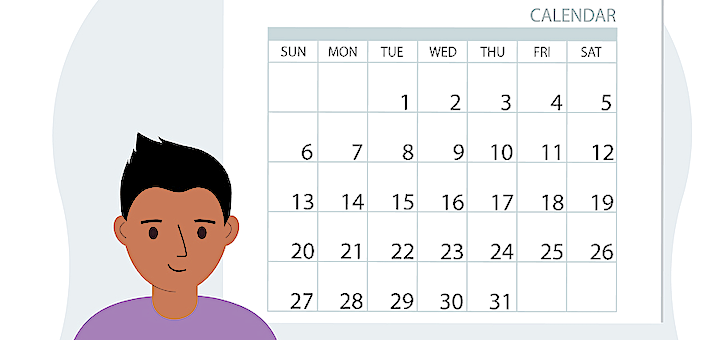Teaching and learning in grades 4-8
When these five strategies are woven throughout a routine, they work in tandem to keep the focus on mathematical thinking, promote student-to-student discourse, and create multi-modal processing opportunities for those with learning disabilities, Kelemanik and Lucenta write.
Responding to uncompromising resistance to change is always a challenge. Wise school leaders are inclusive in the planning stage, share information with everyone involved, and have a well-considered implementation plan. Williamson and Blackburn examine four kinds of objection.
Lorena Germán easily weaves her personal experiences into the presentation of her Textured Teaching framework, holding our interest as she invites us into a deeper reflection about what it means to grow a culturally sustaining teaching practice and how we can bring that about.
Discover the ‘language’ of digital storytelling – imagery, music, sound, words – in Brett Pierce’s “Expanding Literacy.” In addition to describing the skills students can gain by developing stories digitally, Pierce offers excellent activities and projects, says Anne Anderson.
If students develop executive function skills – focus, planning and organizing, self-monitoring – classrooms will run more smoothly, there will be fewer interruptions and repetitions, and teachers will have successfully bridged the SEL/academics gap, writes Marilee Sprenger.
Having volunteered for her district’s PBIS Tier I committee, Dina Strasser looks into the current viability of Positive Behavior Interventions and Supports with help from a new federally funded meta-study. She finds lots that hasn’t worked but also some potential.
While there are many unknowns about the long-term impacts of ChatGPT on education, middle school teacher leader Kasey Short dives deep into the AI software’s potential for expanding teachers’ options and supporting student learning through prompts, writing, feedback, SEL and more.
Amber Chandler not only says what many educators are thinking but lives her classroom truth in the The Flexible SEL Classroom. Her compelling case for everyday SEL in middle schools is supported by a multitude of activities to benefit students, writes teacher Jenni Kramer.
If you are teaching in a low-performing, high-poverty school, Eric Jensen’s Teaching with Poverty and Equity in Mind is a must read, writes Anne Anderson. Jensen begins with the process of teachers adopting an equity mindset and offers proven tools to support all students.
When students can clearly see the path before them and how to get there, they can achieve the highest expectations, says language specialist Tan Huynh. His S.P.E.N.D learning tool (statistics, places, events, names, dates) brings clarity to research and writing.













































